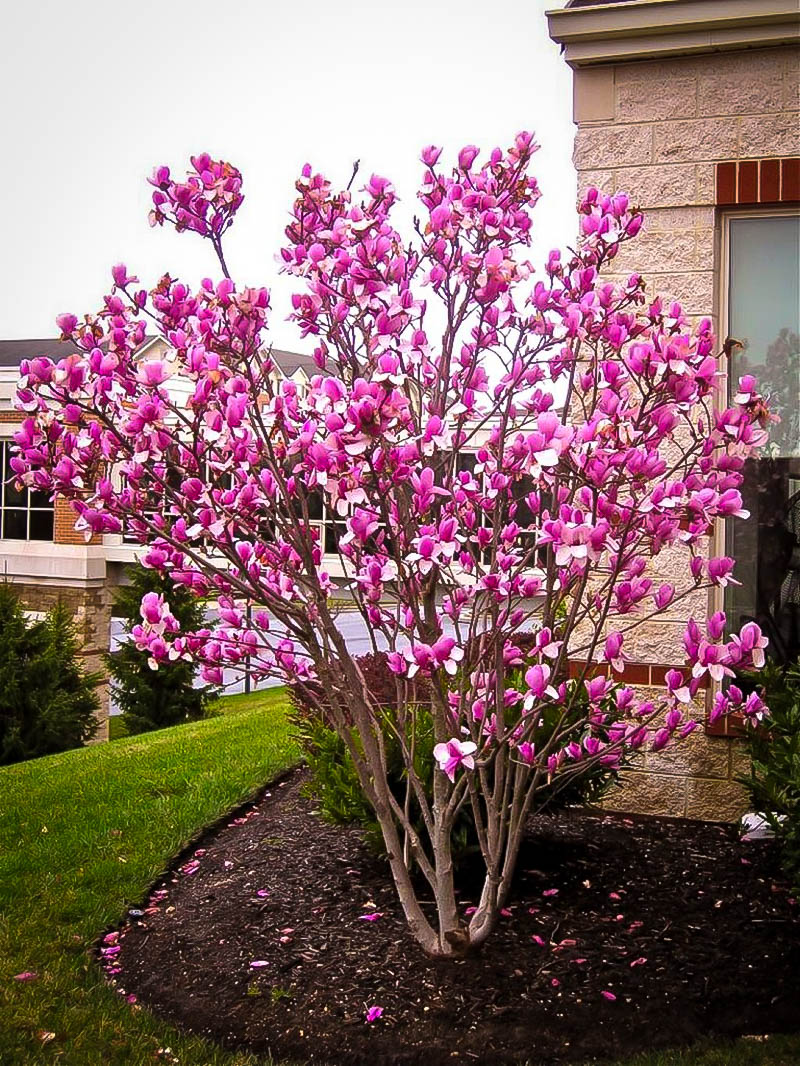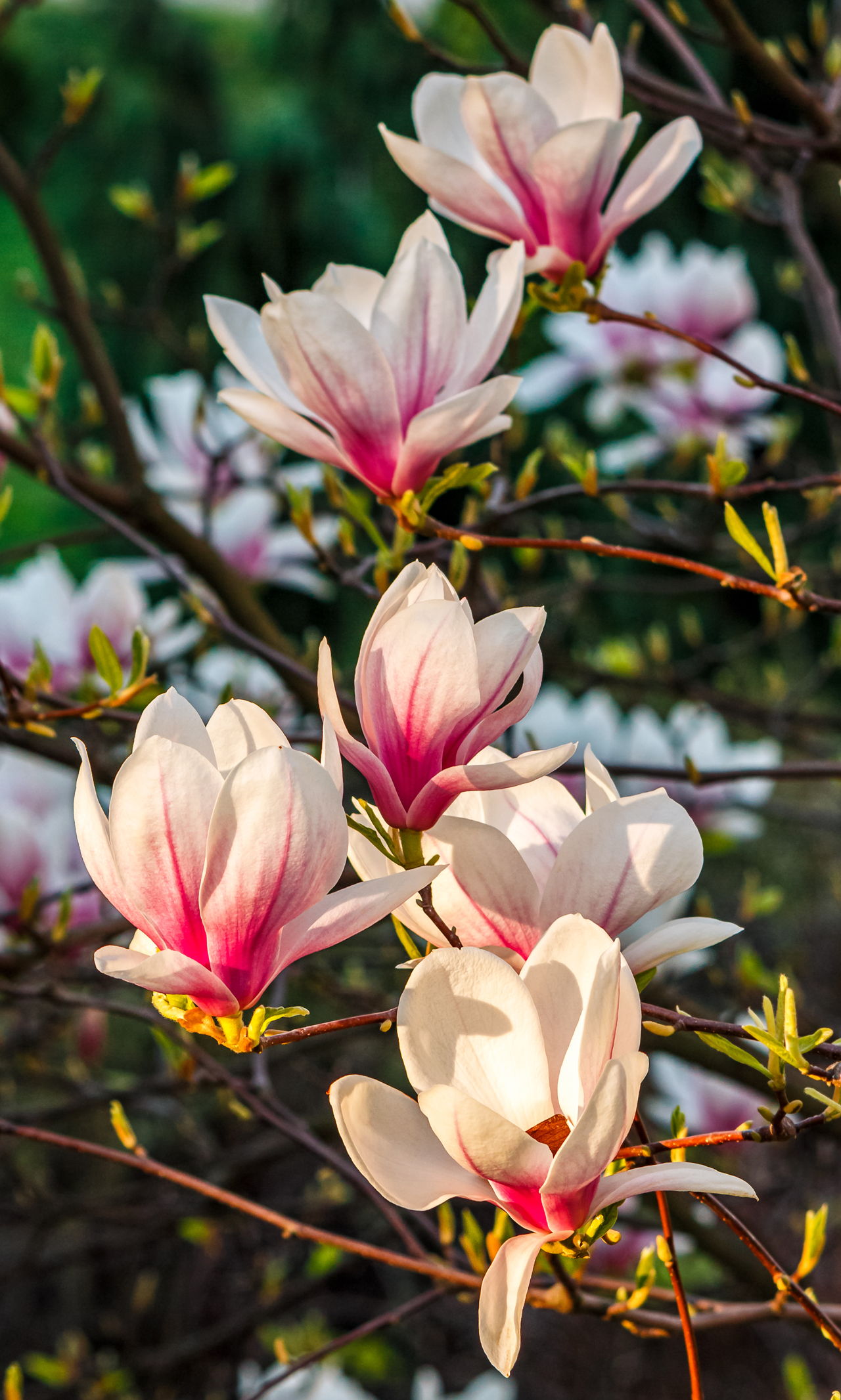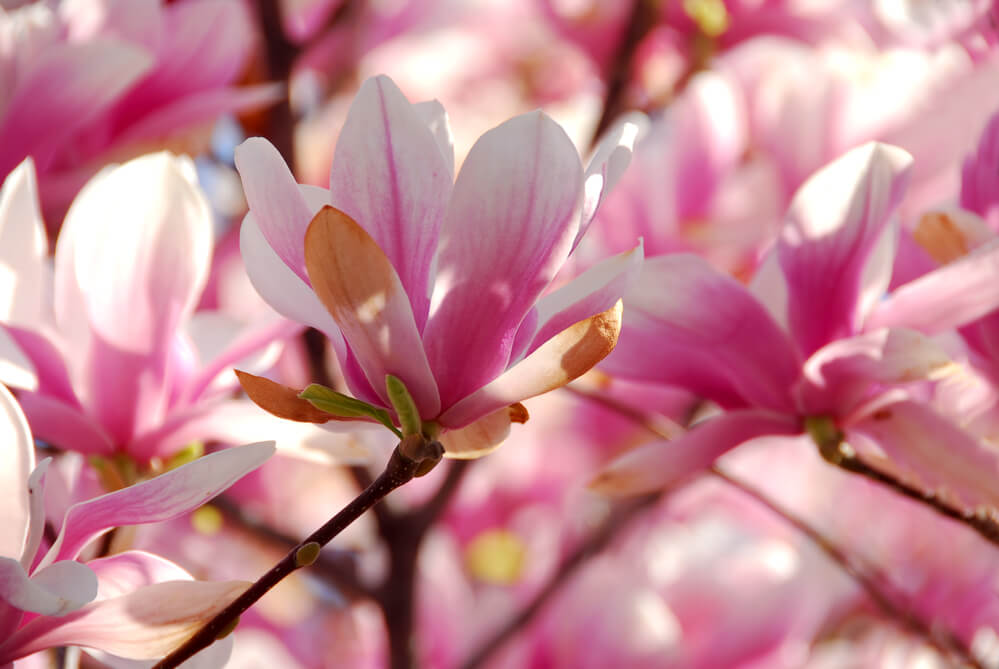Understanding Magnolia’s Sunlight Needs
When it comes to magnolia care, one of the most critical factors to consider is sunlight. While many gardeners wonder “does magnolia need full sun,” the answer is not a simple yes or no. Magnolias have unique characteristics and growth habits that require a delicate balance of sunlight and shade. In their natural habitats, magnolias often thrive in partial shade, especially when they’re young. However, as they mature, they can tolerate more sunlight. Understanding these nuances is essential to providing the right conditions for your magnolia tree to flourish. By grasping the intricacies of magnolia’s sunlight needs, you can ensure your tree receives the perfect amount of sun and shade to promote healthy growth and stunning blooms.
What is Full Sun, and Does Magnolia Really Need It?
When it comes to magnolia care, the term “full sun” is often thrown around, but what does it really mean? Full sun refers to an area that receives direct sunlight for six or more hours a day. While many gardeners assume that magnolias require full sun to thrive, this is a common myth. In reality, magnolias can tolerate a range of sunlight conditions, and excessive sunlight can even be detrimental to their health. For example, young magnolias may suffer from scorched leaves and sunburn if exposed to too much direct sunlight. Additionally, full sun can lead to soil drying out quickly, which can be problematic for magnolias that prefer moist soil. So, does magnolia need full sun? The answer is no, but they do require some sunlight to photosynthesize and grow. By understanding the nuances of full sun and magnolia’s sunlight needs, gardeners can provide the perfect conditions for their trees to flourish.
How to Provide the Perfect Balance of Sun and Shade
Providing the ideal amount of sunlight for magnolias requires careful consideration of several factors. When choosing a planting location, it’s essential to assess the amount of direct sunlight the area receives. A spot that receives morning sun and dappled afternoon shade is often ideal, as it allows the tree to benefit from the sun’s rays while avoiding intense heat. If full sun is unavoidable, consider using shade cloth or other shading methods to filter the sun’s intense rays. Additionally, consider the mature size of the magnolia tree and ensure the planting location provides enough space for the tree to grow without overcrowding or competing with nearby plants. By taking these factors into account, gardeners can provide their magnolias with the perfect balance of sun and shade, promoting healthy growth and stunning blooms. Remember, the key is to find a balance that works for your specific magnolia tree, as the answer to “does magnolia need full sun” is not a one-size-fits-all solution.
The Impact of Sunlight on Magnolia Growth and Health
Sunlight plays a crucial role in the growth and development of magnolia trees. It provides the energy necessary for photosynthesis, which is essential for producing the sugars that fuel growth and development. Adequate sunlight also promotes healthy foliage, with magnolias grown in full sun typically displaying darker, more vibrant leaves. Furthermore, sunlight is essential for flower production, with many magnolia species requiring a certain amount of sunlight to produce blooms. However, it’s important to note that excessive sunlight can be detrimental to magnolia health, leading to scorched leaves and sunburn. This highlights the importance of finding the perfect balance of sun and shade, as simply assuming that magnolias need full sun can be misleading. By understanding the impact of sunlight on magnolia growth and health, gardeners can provide their trees with the ideal conditions for optimal development. Remember, the answer to “does magnolia need full sun” is not a simple yes or no, but rather a nuanced consideration of the tree’s specific needs.
Regional Variations: Sunlight Requirements for Different Magnolia Species
While magnolias are often thought of as a single entity, different species have varying sunlight requirements based on their native habitats. For example, the Southern magnolia (Magnolia grandiflora), native to the southeastern United States, thrives in full sun to partial shade, while the sweetbay magnolia (Magnolia virginiana), found in the coastal regions of the eastern United States, prefers partial shade to full shade. The Cucumber magnolia (Magnolia acuminata), native to the eastern United States and southeastern Canada, requires full sun to partial shade, while the Bigleaf magnolia (Magnolia macrophylla), found in the southeastern United States, prefers partial shade to full shade. Understanding these regional variations is crucial in determining the ideal sunlight conditions for a specific magnolia species. By recognizing that different species have unique sunlight needs, gardeners can avoid the misconception that all magnolias require full sun, and instead provide the perfect balance of sun and shade for optimal growth and health. Remember, the answer to “does magnolia need full sun” depends on the specific species and its native habitat.
Common Mistakes to Avoid When Planting Magnolias in Full Sun
While full sun can be beneficial for magnolias, it’s essential to avoid common mistakes that can lead to poor growth and health issues. One of the most critical mistakes is inadequate soil preparation. Magnolias require well-draining soil with a slightly acidic pH, and failing to provide this can lead to root rot and other problems. Insufficient watering is another common mistake, as magnolias need consistent moisture, especially during their first year of growth. Poor pruning practices can also harm magnolias, as improper pruning can lead to disease and pest issues. Additionally, planting magnolias in areas with high winds or extreme temperatures can cause stress and damage to the tree. By avoiding these common mistakes, gardeners can ensure their magnolias thrive in full sun. Remember, understanding that “does magnolia need full sun” is not a simple yes or no question, and considering the specific needs of the tree is crucial for its success.
Creating a Sun-Friendly Environment for Your Magnolia
Creating a sun-friendly environment for your magnolia is crucial for its optimal growth and health. One of the most critical factors to consider is soil selection. Magnolias prefer well-draining soil with a slightly acidic pH, which can be achieved by adding organic matter such as compost or peat moss. Mulching around the base of the tree can also help retain moisture and regulate soil temperature. Companion planting can also play a significant role in creating a sun-friendly environment. Planting flowers or shrubs that provide shade during the hottest part of the day can help reduce stress on the magnolia. Additionally, using a layer of organic mulch or a shade cloth can help filter the intense sunlight and provide a more balanced environment. By considering these factors, gardeners can create an ideal environment for their magnolias to thrive, even in full sun. Remember, understanding that “does magnolia need full sun” is not a one-size-fits-all answer, and creating a sun-friendly environment is key to the tree’s success.
Conclusion: Finding the Perfect Balance for Your Magnolia
In conclusion, understanding the sunlight requirements of magnolias is crucial for their optimal growth and health. While the question “does magnolia need full sun” may seem simple, the answer is more complex and depends on various factors, including the species, soil, and climate. By providing the right balance of sun and shade, gardeners can promote healthy foliage, flower production, and overall tree development. Remember, magnolias are adaptable trees that can thrive in a variety of conditions, but they do require attention to their specific needs. By following the tips and guidelines outlined in this article, gardeners can create a sun-friendly environment that meets the unique requirements of their magnolia tree. With proper care and attention, magnolias can become a stunning addition to any garden or landscape, providing beauty and shade for years to come.



:max_bytes(150000):strip_icc()/magnolia-grandiflora-growing-guide-5200996-04-145a037b272b4c9aa60bafca8c818494.jpg)


:max_bytes(150000):strip_icc()/star-magnolia-trees-2132137-04-e78818cf73fb44769c0ff81361b5e940.jpg)
